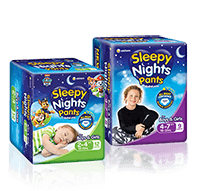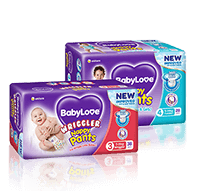Understanding Germs for Kids: 20 Fun Ways to Teach Your Kids About Germs
Topics covered in this article:
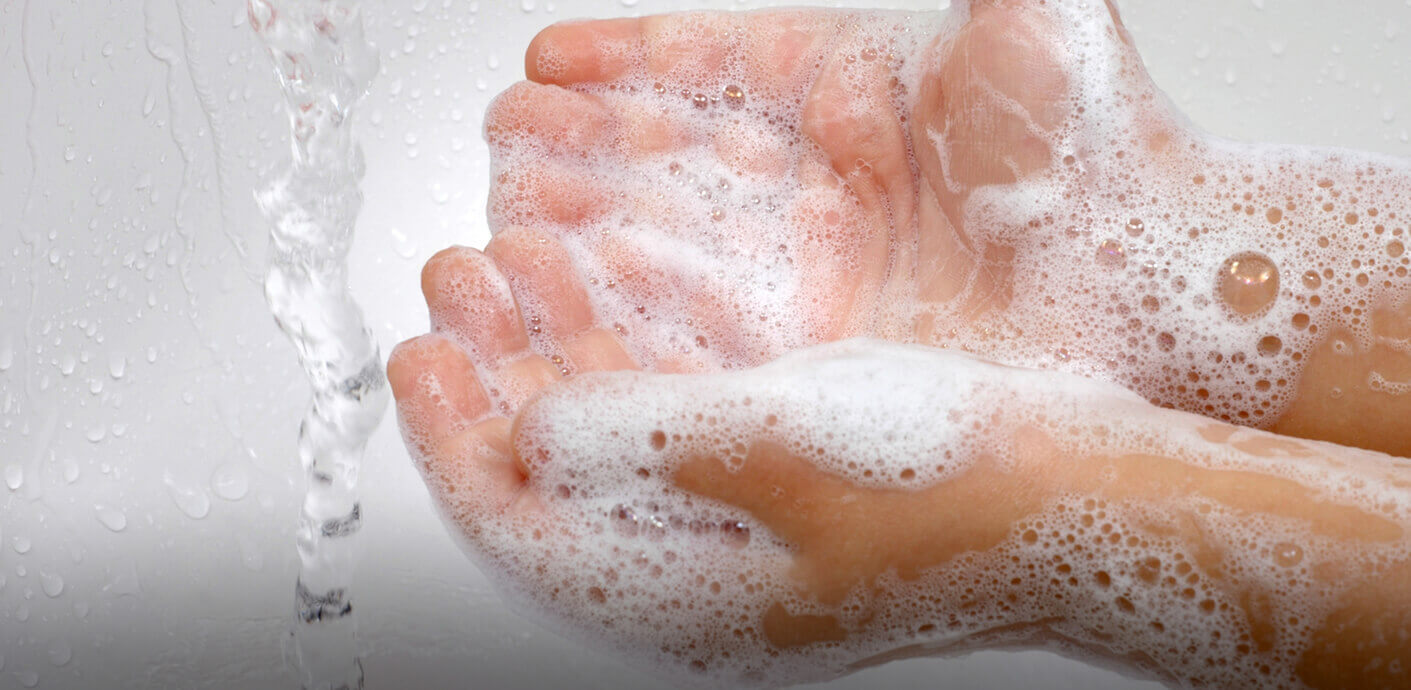
Kids and germs go hand-in-hand. With a big, exciting world out there, it’s hard to explain to your little one why we should take certain precautions because of the things we can’t see. Like Santa Clause and the Tooth Fairy, Germs for kids can sometimes feel like just another character out of their storybooks. However, the effects germs can have are very real, and that’s why it’s important to educate your children about germs and how to stop them from influencing their health, in a way that is fun and educational.
Unfortunately, for their little bodies, fighting back against germs involves your kids doing most of the activities they usually aren’t too excited to do. This involves things like taking baths, washing hands, eating their veggies and brushing teeth.
So, we’ve compiled a list of 20 fun ways to teach your kids about germs, so they understand how they work, what they do and how they can prevent germs from sticking around.
Before you dive headfirst into the nitty-gritty world of germs for kids, it’s important for your kids to understand the general concept of hygiene in a relatable way. According to health experts, giving your children explanations behind why certain hygiene practices are important can go a long way. When kids understand the logic behind why they need to wash their hands or brush their teeth, it becomes a lot easier for them to remember to do so.

What are we talking about? Meet Mean Mr Germ
Start by introducing the concept of a germ to your little one. Explain that although it isn’t an insect, it is still a living thing so tiny that you can only see it through a microscope. These tiny creatures can multiply and spread super quickly. They are the bad guys, and they try to fight the good guys in your body.
After you have covered the basics of germs for kids, Mr Germ will still seem like a seemingly abstract idea to your child. Why are they the bad guys? How do they spread? How will they make me sick? How can I stop germs? These are only a few of the many questions your kid will ask, or that your little one doesn’t quite grasp yet. That’s why the following tips can step in as easy ways to dive a little deeper and teach your child the valuable lessons and reasoning behind why Mum and Dad aren’t just telling you to “wash your hands” for fun.

20 Fun Ways to Teach Your Kids About Germs
What do Germs Look Like?
Method One to Teach Germs for Kids: Create a pet germ
If your kids are a bit too old to believe the idea of “tiny monsters” that live inside your body, why not turn arts and crafts into a valuable learning opportunity. Craft your own germ model using play dough and Q-tips. This will give an accurate enough representation of what germs look like underneath a microscope.
Roll out a ball from the playdough and attach the Q-tips, on the sides. Get creative with it and attach googly eyes, pipe cleaners and other artsy features to decorate your germ. Once your child’s germ model is complete, place it near the sink where you usually wash hands or brush teeth. This will help remind your child to wash and brush when they see the germ lurking about.
Method Two to Teach Germs for Kids: Look at magnified germs online
It might be a good idea to show your child what actual germs look like. Find an image of a germ under a microscope and show it to them. This will help them put germs into a real-life context and make them want to avoid getting germs in the first place.
Method Three to Teach Germs for Kids: Germ diagrams
Make use of colouring books, pens and papers and draw out a representation of Mr Germ. If you’re interested in going a little deeper into the science of germs – look for printable versions of germ diagrams that make explaining and visualising germs a bit easier. Research shows that a ‘matter-of-fact’ attitude when it comes to germs can promote understanding and decrease anxiety around germs. If your children are a bit older, you can further educate them on the types of germs that are out there; bacteria, protozoa, fungi and viruses.
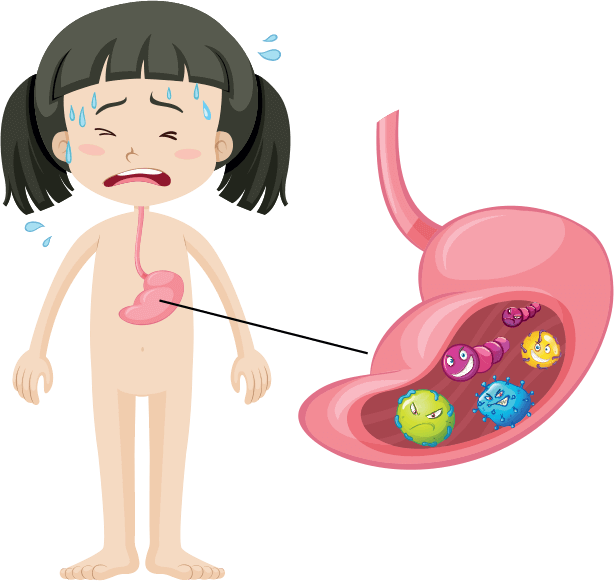
Method Four to Teach Germs for Kids: Potato Experiment
Peel a raw potato and cut it in two. Pass one potato section from child to child. Have children wash their hands. Then pass the second potato section from child to child. Place both potatoes in clear bags and label them “washed hands” and “unwashed hands”. The unwashed hand potato will turn disgusting very quickly.
Place the bags in a dark closet at room temperature. Leave them there for a week. After a week, pull the bags out and look at the potato pieces, but don’t take the potatoes out of the bags. Then, discuss the different pieces with your child, asking questions like; what do you see on the pieces? Which potato has the most growth on it? Etc. When you are done looking at the potatoes, seal the bags and throw them away.
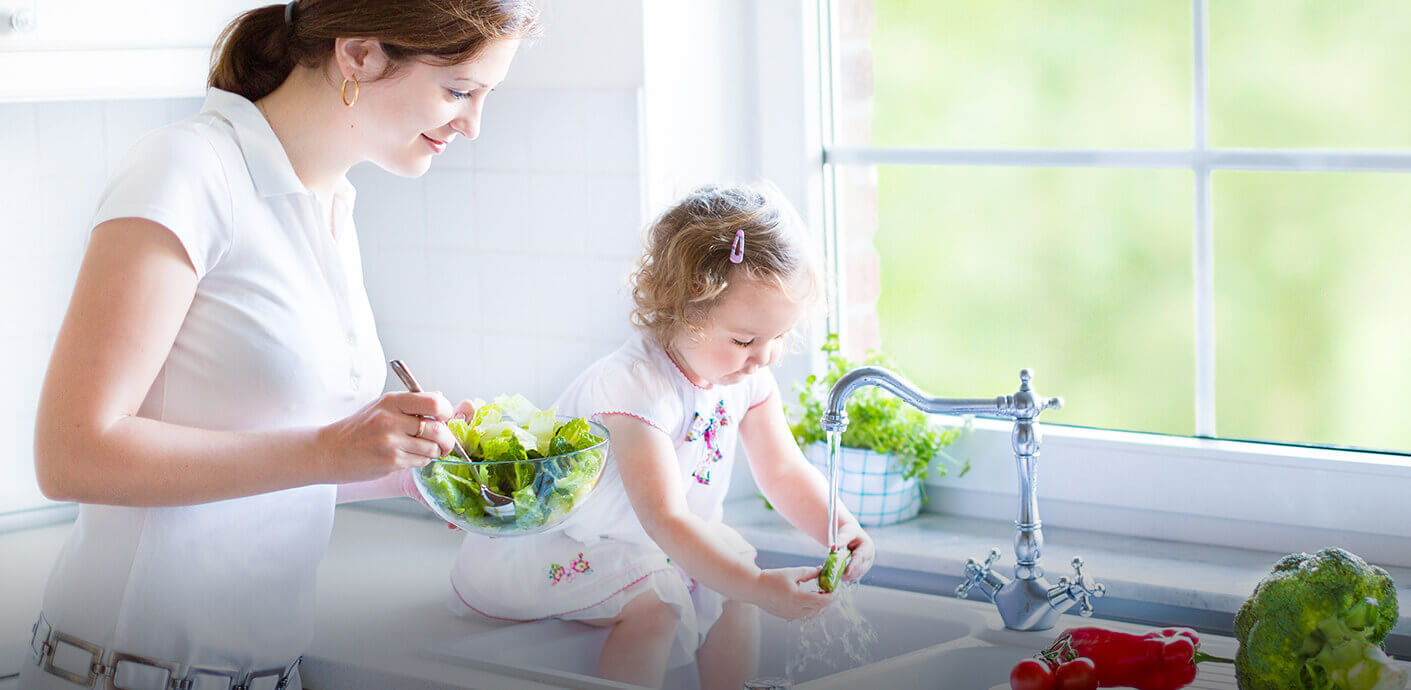
What do Germs do?
To avoid germs, we need to understand them. To understand them, it’s important to explain to your little one what these little critters get up to once they’re inside our bodies. Germs, like all other animals, need to eat in order to grow and survive. The problem is that their food (what keeps them alive) is inside us.
These sneaky germs find their way inside our bodies and steal the nutrients from the food we eat. Germs then proceed to use our valuable nutrients to make toxins. Toxins are a type of protein that poisons your body, giving you a fever, making you cough and getting you sick.
Should we be afraid?
Make sure to not overexplain or scare your little one into washing their hands or looking out for germs. The point of these exercises is to promote a good hygiene routine that will benefit your child in the long run. If they miss a hand wash or forget about a teeth-cleaning every now and again, that’s okay – as long as you teach them about the world around them in a fun, inclusive and loving way. Be sure to tell your kid how strong their bodies are and why it’s important that we keep our bodies healthy and ready to fight off those germs. The germs might be the bad guys, but they aren’t something to be feared, because our bodies are the real superheroes.
Method Five to Teach Germs for Kids: Glitter Germs
It’s a fun game to showcase how easily germs can be spread around physically. To experiment, you’ll need glitter, water and soap. Tell your child to rub their hands with glitter. Then proceed to let them run around a bit and touch surfaces and objects. If you’re worried about the mess, tell them to only touch their other body parts, like their arms, legs or face. The glitter will easily spread, which can be used as a great example as to how easy it is for germs to leave traces all around us. Proceed to let them wash their hands with water and soap to show them how the glitter germs disappear after washing their hands.
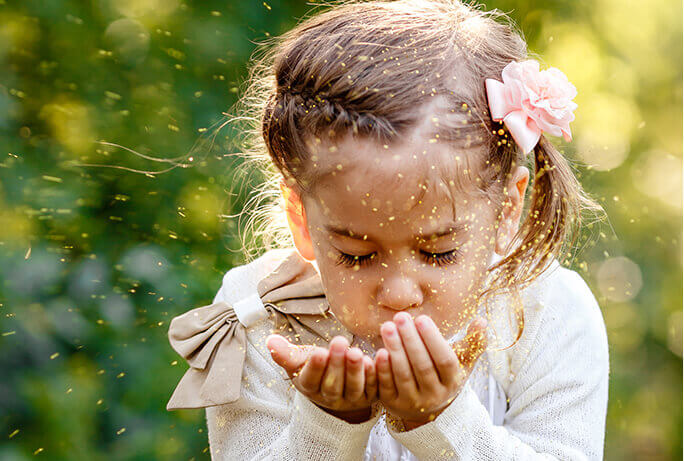
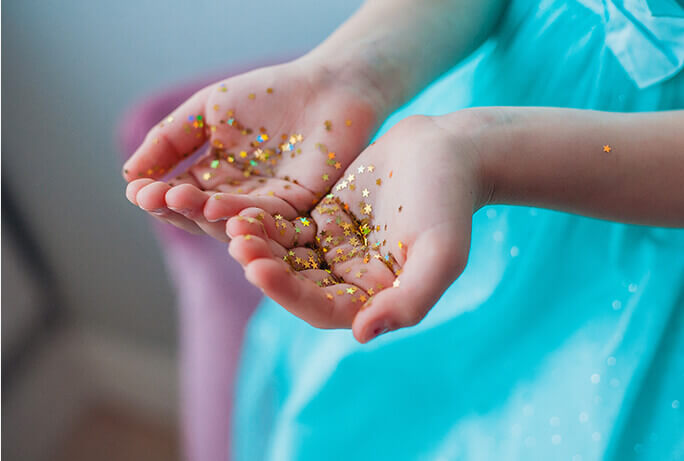
Method Six to Teach Germs for Kids: Use Flour to show where germs can hide
Flour can be a great and fun way to show your kids how germs can find plenty of hiding spaces on your skin and in your body. Notice how the flour gets in every little nook and cranny. Teach your children how germs can also hide in all those small spaces in the cracks of their hands and in between their fingers.
Method Seven to Teach Germs for Kids: The Powdered Donut Activity
Bring a bag of powdered donuts home. Tell your child to pick one. Once he’s grabbed a doughnut – congratulate him on ‘catching a germ’. This educational game aims at showing your little ones how easy it is for germs to get stuck to everything. Although these pretend ‘germs’ are a delicious substitute to their real-life representations, this activity is a good way to explain the concept of germs and how they spread. See how the powder from the donuts sticks to their hands, their faces and falls on the floor. It’s a fun and easy-to-understand way to teach your kids and involve a little treat for them as well.
Method Eight to Teach Germs for Kids: Show them how a sneeze travels
Show them why you tell them to cover their mouths when sneezing, so they can see for themselves how far a sneeze travels. Take coloured water and a spray bottle. Pretend that the water is a sneeze. Spray it on a blank paper or tissue see just how far and wide the coloured water ‘germs’ reach.
Method Nine to Teach Germs for Kids: Stick-a-germ
Make a few germ cut-outs and ask your kids to stick them to the things around them that they frequently touch, or think is particularly germy. This technique allows your children to have a bit of fun with the concept of germs. It portrays a physical trace of where germs can be; they can even stick it on each other for fun. It also allows them to use their knowledge and instincts as to why they think certain spots are more prone to germs than others.
Method Ten to Teach Germs for Kids: Use the vampire technique
Teach your kids to sneeze into their elbow, not their hands. Turn sneezing into a fun game. Sneezing into their elbows could mimic the look of a vampire. Play around with the idea and role play every time one of you sneeze, telling them to remember the ‘vampire move.’
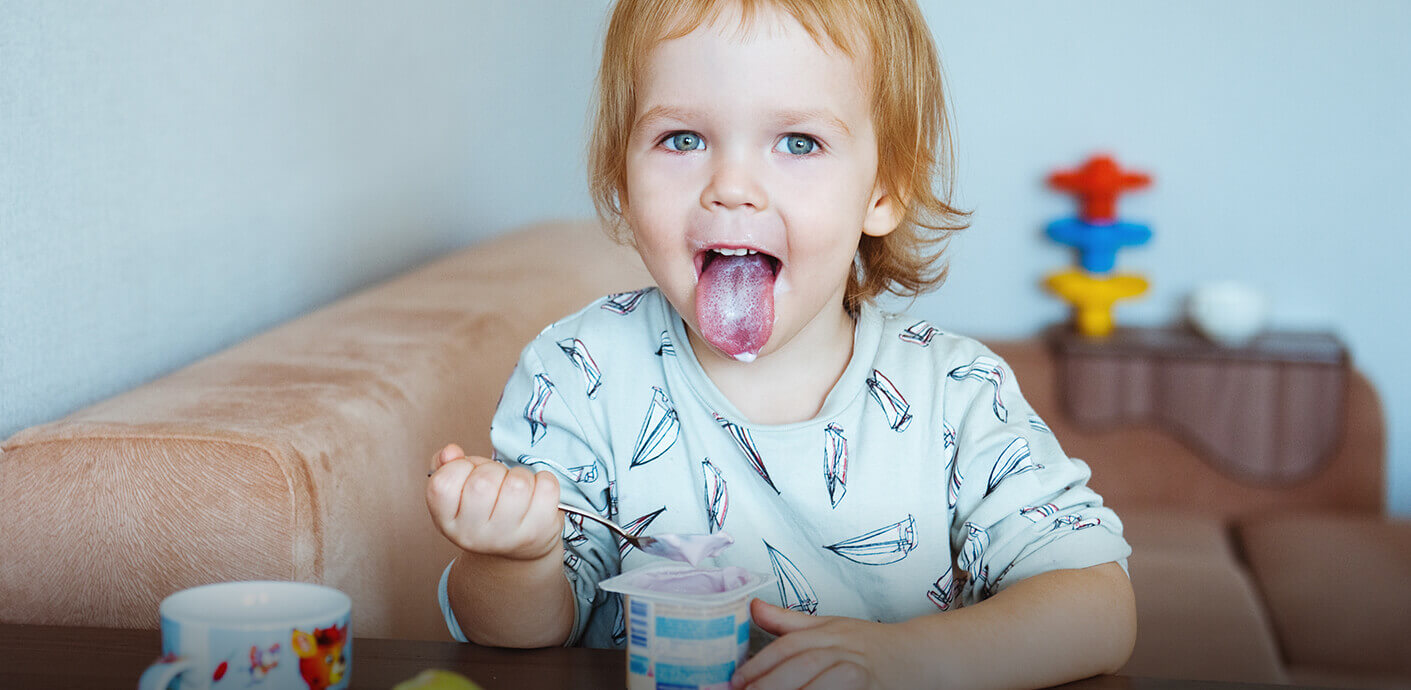
Method Eleven to Teach Germs for Kids: Make ‘germs’ scatter
Explain to your child that a germs’ biggest enemy is soap and water. To represent how ‘germs’ run away from soap – this fun activity is perfect.
How exactly do you do this?
Put water in a bowl
Put pepper in the water, which will represent germs
Put soap on your toddler’s finger
Put their finger in the water
The pepper will quickly scatter to the sides
Method Twelve to Teach Germs for Kids: Make a hand-washing/brushing teeth chart
Create a chart where you can tick off how many times and where you washed your hands or brushed teeth. Add a smiley face for every time they washed or brushed and offer a fun reward at the end.
Method Thirteen to Teach Germs for Kids: Glo Germ Gel
A product called Glo Germ helps kids see how well they are washing their hands. Have the kids spread the gel all over their hands before washing as normal. Then have each child hold their hands under ultraviolet light after washing — the remaining germs will glow, and show where they didn’t wash well. The areas under the fingernails and between the fingers are where the kids will miss the most. Have the kids practice washing their hands again, focusing on the areas that glowed. Buy Glo Germ Gel online here.
Method Fourteen to Teach Germs for Kids: Sing a song
There are tons of fun and easy ways to learn songs all about washing hands. For example: teach your little one to sing to the tune of row, row, row your boat.
Wash, wash
Wash your hands
Wash them nice and clean
Scrub them here (with hand motion scrubbing together)
Scrub them there (with hand motion scrubbing tops of hands)
And scrub them in between (with hand motion scrubbing between fingers)
This also helps to drag out the washing time enough to ensure they cover all the dirty spots.
Method Fifteen to Teach Germs for Kids: Books
Storybooks are a timeless and great way to educate your children on bigger concepts. Go to your local library or search online for books telling stories on why washing hands are important, germs and other health-related topics.
Method Sixteen to Teach Germs for Kids: Educational videos
Educational videos can easily be found on YouTube; some are super fun and memorable with cute cartoons that your child will love!
Method Seventeen to Teach Germs for Kids: Oil and cinnamon activity
If you don’t want to use dirt, this activity is a fun and creative way to show your child just how effective soap is when washing their hands, emphasising the importance of using soap every time they wash their hands to get rid of germs. Use cooking oil with a little bit of cinnamon to represent the invisible germs. Place a tiny bit of the cinnamon infused oil on your little one’s hands and let them rub it over their hands like lotion. After their tiny hands are covered, allow them to notice how icky, sticky and slippery their hands feel. Allow them to wash it with water first (without soap). Their hands will still have some ‘cinnamon germs’ on them and still feel oily. Tell them to wash their hands again, only this time with soap. The results will speak for themselves and encourage your kids to do a thorough job next time they wash their hands.
Method Eighteen to Teach Germs for Kids: Frozen glove wash
Fill a latex glove with water, mark it with markers, representing germs.
Freeze the glove overnight. Then ask your kid to clean the ‘germ’ covered hand. Give them soap, water and whatever other utensils they desire. This is a fun and creative way to see what works and what doesn’t.
Method Nineteen to Teach Germs for Kids: Use sequencing cards
Sequencing and flash cards are a great and fun teaching method for your child. The images allow your child to visualise the situation. Allow them to give you their interpretation of what they think is happening or being displayed on each card. This encourages your child to rationalise and come to their conclusion as to why it’s important to wash hands and be germ-educated.
Method Twenty to Teach Germs for Kids: Focus on the good stuff
Instead of emphasising how bad germs are – shift the conversation toward healthy foods that help your body grow strong to beat germs. If your little one love yoghurt, you are in luck! Yoghurt and other foods with active cultures encourage good germs to set up camp in the digestive tract. These foods include yoghurt, kefir, kombucha tea, miso soup, apples, garlic, bananas and onions. You might even set up plates and bowls with these different foods around the table, for a good lunch.
We do not doubt that using any one of these 20 ways to teach your child about germs will leave a long-lasting impression on your child. Instead of using the dreaded phrase “because I said so”, your child will learn exactly why it’s beneficial for them to stay clear of germs and infections. Who knows, maybe they’ll even start reminding you to wash, wash, wash your hands!
Sources:
http://www.halseyschools.com/5-hand-washing-songs-your-preschooler-will-love/
https://www.care.com/c/stories/4211/teaching-about-germs-for-kids-making-it-fun/
https://b-inspiredmama.com/teaching-kids-about-germs/
https://premeditatedleftovers.com/naturally-frugal-mom/10-ways-to-teach-kids-about-germs/#_a5y_p=4245464
https://study.com/academy/lesson/facts-about-germs-lesson-for-kids.html
http://kidshealth.org/en/kids/germs.html
http://www.tot-docs.net/top-5-ways-teach-kids-germs/
https://www.youtube.com/watch?v=7D0eIsuZC3w
http://living.thebump.com/explaining-good-germs-kids-15349.html
http://www.ducksters.com/science/bacteria.php
https://greenfishchronicles.org/2011/05/20/germs-germs-germs-activities-for-toddlers-and-preschool/
http://carmelmountainpreschool.com/2-fun-science-activities-to-teach-kids-about-germs/
https://www.livestrong.com/article/163931-how-to-help-a-child-with-anxiety-over-germs/


